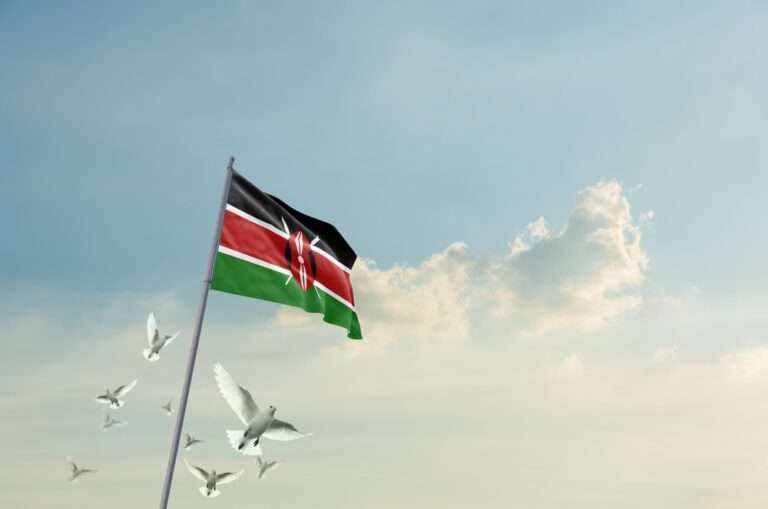
Saudi Arabia
Saudi Arabia’s Eastern Province, tracing its historical and cultural roots to its lengthy coastline along the Arabian Gulf, is a territory rich in maritime traditions. For those enthralled by nautical history, the Eastern Province offers an interesting story with its rich seafaring culture, busy trading routes, and complex relationships to the sea. The province’s legacy shows an ongoing connection with the water, from classic dhole construction to the pearls previously adorning royal jewels.
The Significance of the Arabian Gulf
Long a lifeline for the Eastern Province, the Arabian Gulf is an essential path for trade, communication, and cultural interaction. Historically, the seas linked Saudi Arabia’s inhabitants to surrounding areas, including the Indian subcontinent, Mesopotamia, and Persia. These trading channels promoted cultural practices, ideas, and goods, transforming the Gulf into a hive of activity. The port cities of the Gulf mirror their strategic significance, which has been crucial in forming Saudi Arabia’s cultural and economic character.
Al Khobar and Dhahran: hubs of maritime legacy
Two of the most well-known cities in the Eastern Province, Dhahran, and Al Khobar, capture the region’s ongoing maritime energy. Although Dhahran is primarily linked to the oil sector, its past also relates to its coastline links. Conversely, Al Khobar has kept its beach appeal since its Corniche provides fantastic views of the Arabian Gulf.
Still a classic emblem of the area, traditional dhows—wooden sailing boats formerly the backbone of Gulf trade—remain in Al Khobar, and surrounding areas’ shipbuilding yards preserve this vessel, where expert artists make these boats following methods handed down through the years. A living tribute to the province’s nautical past, the sight of dhows bobbing along the coast is
The Pearl Diving Tradition
Before oil changed Saudi Arabia, pearl diving was a pillar of the Eastern Province’s economy. The warm, shallow waves of the Arabian Gulf were perfect for pearls, and diving for these riches became not just a way of life but also a cultural legacy for the nearby populations. Armed with essential tools and incredible stamina, divers set off on months-long trips battling the dangers of the sea.
Globally, the Arabian Gulf’s pearls—which stood for riches and beauty—were much sought after. Museums and cultural events where the tools, songs, and tales of pearl divers are kept show traces of this age even today. Revival and honoring this legacy show a great respect for the marine history of the province.
Jubail: A Modern Maritime Hub
Even if its industrial achievements are well-known, Jubail has excellent links to maritime history. Among the biggest ports in the Middle East, the city’s one is crucial for world trade. With sophisticated ships docking beside classic fishing boats, Jubail stands for the perfect combination of history and innovation. This juxtaposition shows the area’s development while yet honoring its roots.
The adjacent Jubail Mangrove Park provides a window into the natural maritime ecology that has supported life along the coast for millennia. Besides providing a home for aquatic life, the mangroves act as a natural barrier safeguarding the coast, promoting the Gulf’s biological balance.
SAUDI VISA FOR UKRAINIAN CITIZENS
Preserving Maritime Heritage
Efforts to protect Eastern Province’s maritime legacy have picked up steam in recent years. Cities such as Al Khobar and Dammam have museums and cultural facilities honoring the province’s relationship to the water. From the nuances of dhole construction to the skill of pearl diving, the King Abdulaziz Center for World Culture (Ithra) routinely conducts activities and displays stressing the area’s maritime past.
Along the coast, celebrations sometimes highlight traditional nautical customs, including folk music, dances, and narratives honoring the lives of sailors and divers. These gatherings draw visitors and inspire younger generations to take pride in their Eastern Province, assuring the continuation of its maritime tradition.
A Contemporary Connection to the Sea
The Eastern Province’s connection with the sea goes beyond its past. Its seaside cities have evolved into energetic centers for leisure and travel. Attracting both residents and guests, the beautiful seas of the Arabian Gulf offer opportunities for water sports, fishing, and diving. Along the Corniche, resorts, and waterfront promenades provide areas where modern life blends with historical echoes.
From the handcrafted dhows to the vast contemporary ports, the Eastern Province of Saudi Arabia’s maritime legacy is one of continuity, adaptation, and resiliency. This story emphasizes how much the sea still shapes the area’s inhabitants’ identity and way of life. Investigating this legacy invites one to value the strong links between the past and the present, not only to travel through history.
Read more: Saudi Arabia’s Unique Handicrafts: Souvenirs to Treasure






